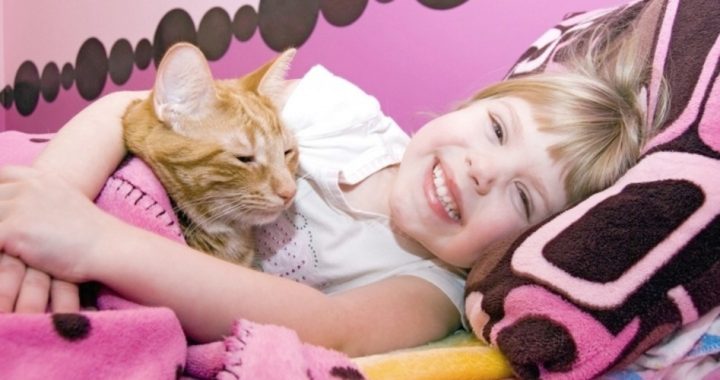
It has long been understood that health involves more than just medical care. Many elements of good health are behavioral. That vital component of sympathy and empathy has also found expression in the connection between humans and domesticated animals. For many years now it has been recognized that letting nursing home patients hold and pet cats and dogs has been shown to have strong therapeutic effects upon the patients. Watching fish swim in an aquarium has been demonstrated to lower blood pressure, and it is no coincidence that some medical offices have aquariums in their waiting rooms to relax their patients. Many who suffer from serious illnesses have found strength and peace, and greater health, by riding and caring for a horse.
Millions of Americans who have watched the heart-warming BBC series All Creatures Great and Small have learned of countless true stories of people who have found the will to recover from sadness and sickness because of dogs or cats or horses. And animals have shown a marked capacity to reach children in particular.
The Texas Children’s Hospital in Houston is using a therapy program based upon the value of animals as comforters for children with serious health problems. Madison Fleaks, for example, was born with a congenital heart problem. The little girl, not even two years old, has spent much of her young life in medical facilities. Madison does not even seem to remember what “home” is like, but she does remember well the two dogs that are pets in her home. Pictures of the two are on her bedside table.
Her mother commented, “If you say anything about the dogs, she would point and want to kiss the picture. She has been sick her whole life. All she knows are me, her dad and the two dogs.”
Through a program run by the hospital, little Madison got a visit from one of her dogs, Kodiak. Her mother explained what happened: “It was amazing. She just lit up. She literally screamed when he walked through the door.”
Since then, the dog has been allowed to see Madison regularly, says Mrs. Fleaks:
I’m here every single day and my dogs are a part of our family. It made my day to see our dog because I’m so used to seeing them all day long in my house and it made it feel more like home. Every day when you say, “Where is Kodiak? Where did he go? Where is he?” she points to the door. It was the biggest blessing for her to see him.
Hygiene issues have made hospitals leery in the past about pets; but now things are changing. For instance, Dr. Loreen Herwaldt at the University of Iowa Colleges of Medicine and Public Health and Jean Pottinger, an infection prevention expert for University of Iowa Healthcare, have worked to establish protocols that make it safe to bring pets into hospitals. Dr. Herwalt notes that the patients in the hospital visited by pets have already been in very close proximity with the pets, so whatever communicable diseases the pet has the patient has already been exposed to at home. Pottinger notes that there has never been an instance of a pet bringing any infection into the hospital. Herwalt’s protocols include patients washing their hands thoroughly before and after each visit.
Jamie Snow, Assistant Director of Child Life and Social Work at Texas Children’s Hospital, observes: “When there is a patient in the hospital for a significant amount of time, we think it is important to have their entire family here. And some people consider pets family members.”
A nonprofit organization, PAWS (Pets Are Wonderful Support), began the program at Texas Children’s Hospital and helps maintain it. If medical staff find a close relationship between a pet and a patient, they contact PAWS, which first makes sure that the pet has had proper vaccinations, and then gives it a bath before the hospital visit. PAWS also conducts a “behavior check” to insure that the pet has the right temperament for a hospital visit. A PAWS volunteer meets the pet and family at the entrance to the hospital and conducts both to the child’s room. Tricia Lewis, a nursing supervisor who has worked with PAWS and helped pioneer the program, stated: “We have never had any bad events from an animal visit. No bites, no infections.”
Bringing beloved pets for visits also encourages patients to get well more quickly, so they can go home and be with their pets all the time. Young Madison Fleaks, who just received a heart transplant, is looking forward to going home soon — to her beloved Kodiak.
Photo: little girl with pet tabby cat in bed via Shutterstock



